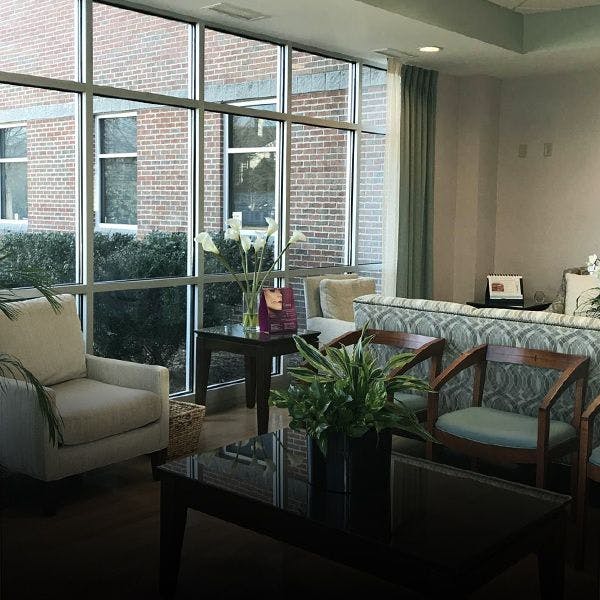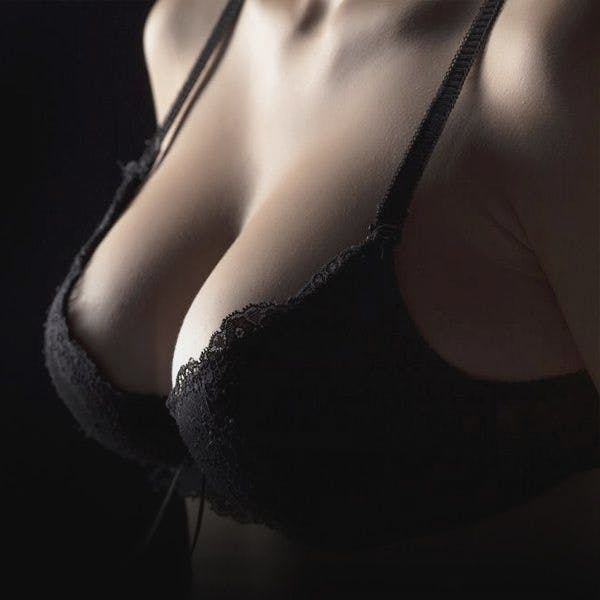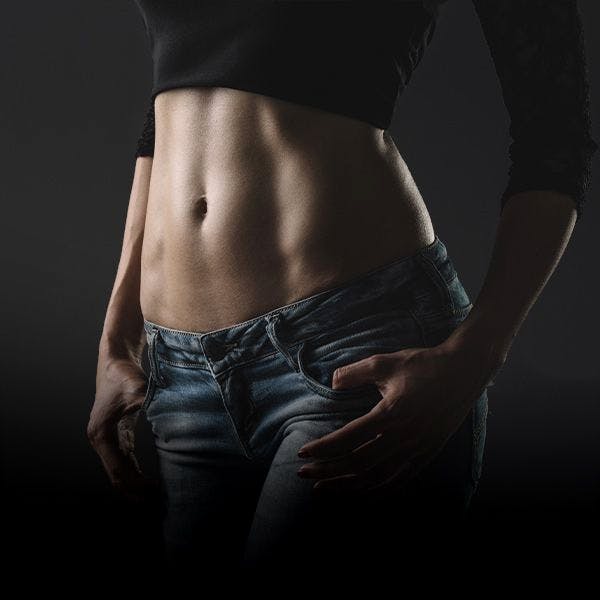When Do I Need a Facelift?
When do I need a facelift? is a frequent question we hear. This gives us an opportunity to make a few points. In reality no one needs a facelift for any medical benefit, since the procedure is purely elective and cosmetic. It is done to enhance one's appearance, to help someone look as young as they feel, to match one's physical and athletic vigor, to decrease sag and wrinkles, etc. Different faces have a facelift to improve different features. NECK: There is little non-surgical help for sagging neck rolls, commonly referred to as the waddle or turkey gobbler. Botox can be used to soften the mildest vertical muscle bands, but as they become more prominent internal suture tightening is the best solution. The loose skin under the chin and jawline is treated by firming-up the underlying loose support tissues and shifting the lax skin upward and backward (around the ears). JOWLS: This feature appears because the cheek support weakens and gravity pulls skin and fat downward, creating bulk at the sides of the mouth (nasolabial folds and marionette lines) eventually spilling over the jawline to run into the upper neck. Facelift is the ideal solution for this feature and gives other benefits in terms of better facial volume. Facelift is not simply a skin pull operation. Underlying tissues are treated to return them to where they were before years of stretch pulled them down, thinned some areas and thickened others. We cannot replace lost elasticity but we can take up slack that has resulted. LOOSE SKIN: Skin care and various energy devices can actually do great things for the skin changes seen in many people. Technology can firm the surface texture and do some amount of tightening. Laser resurfacing and intense pulse light are options with different results and recovery commitments. Generalized skin slack is beautifully treated by facelift techniques. Most patients show us how they want to improve their looks by taking their fingers and pushing the facial skin up and back. They have done this in front of the mirror. Another way patients can imagine the results is by lying on their backs and using a hand mirror.








